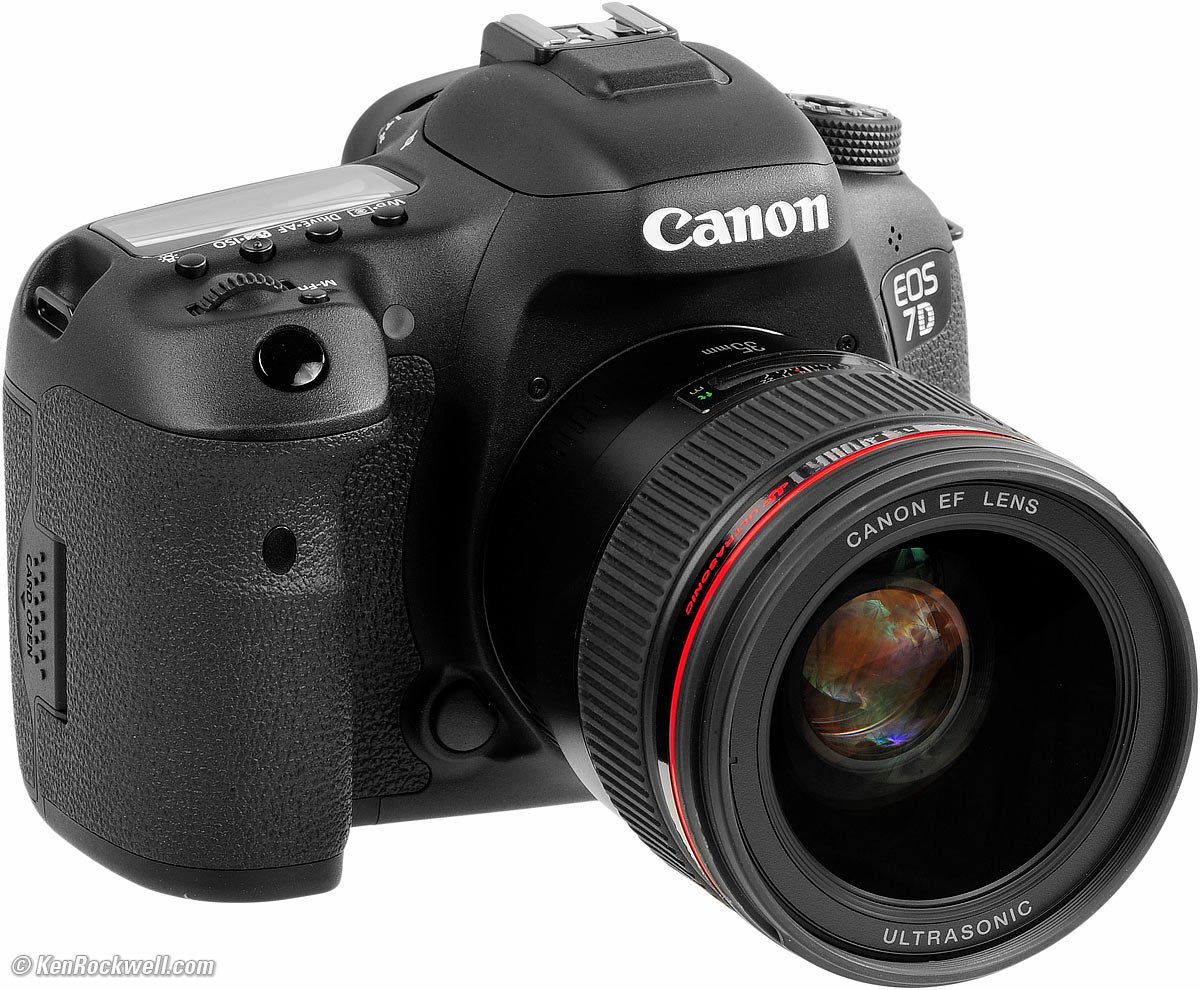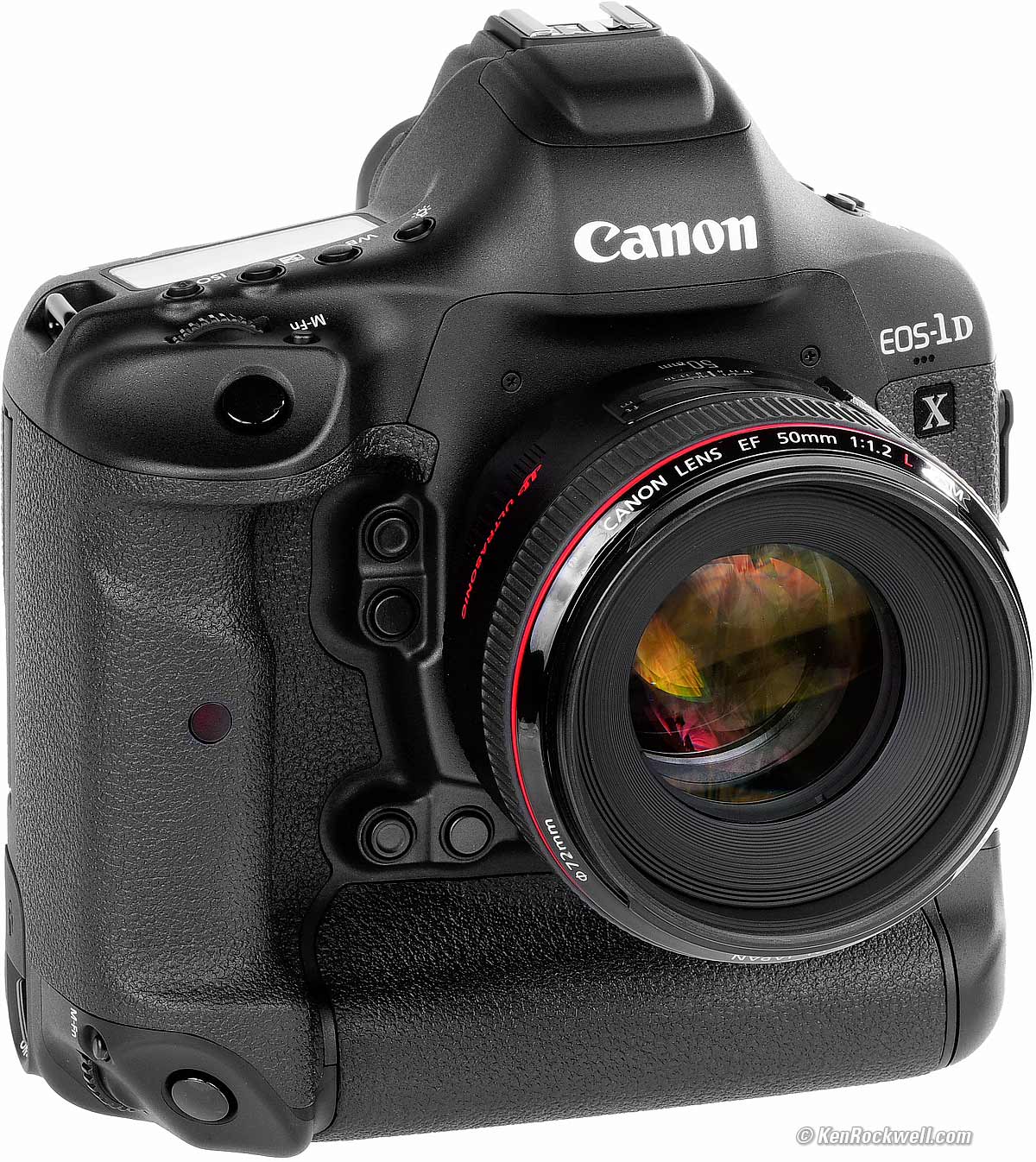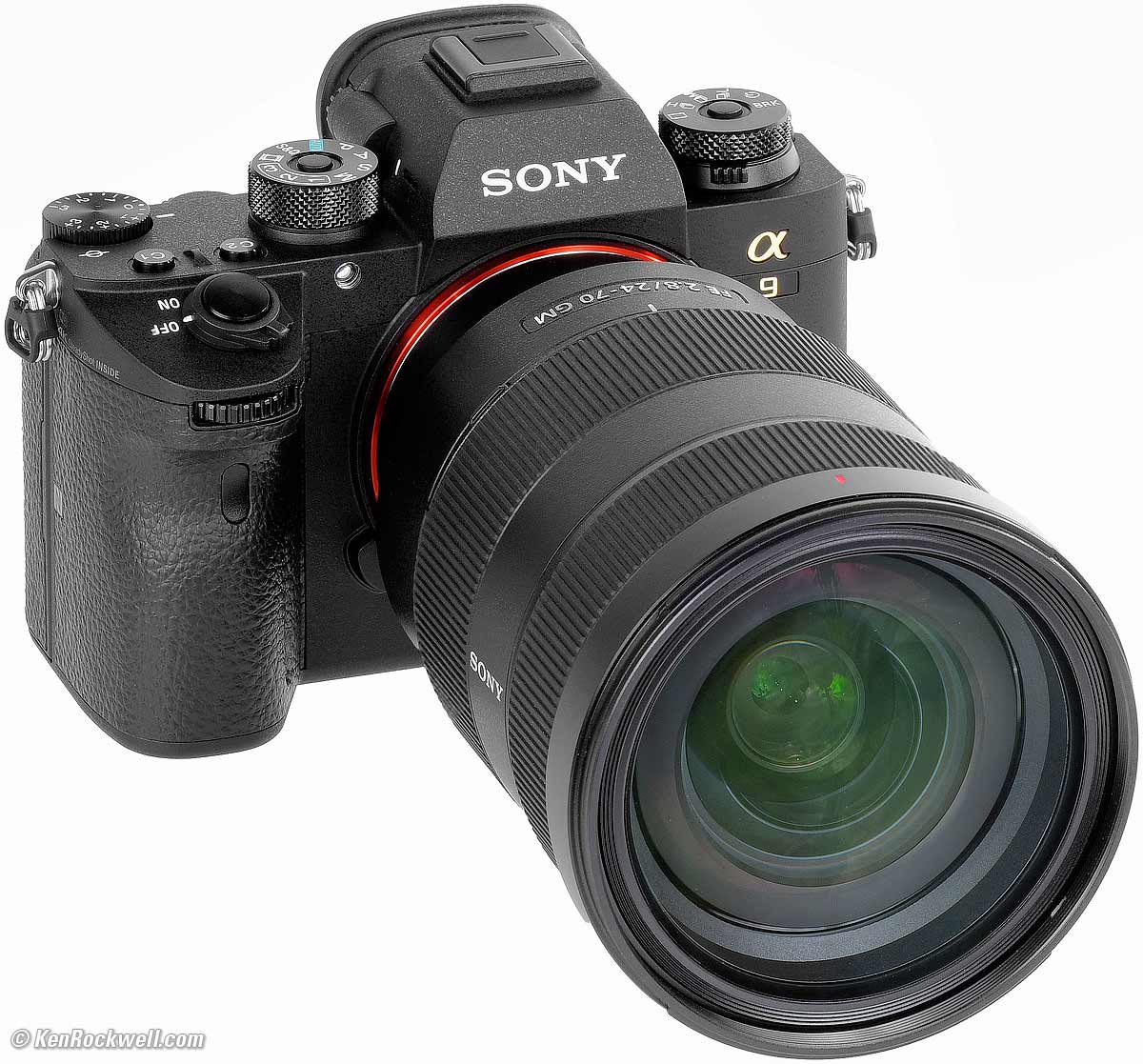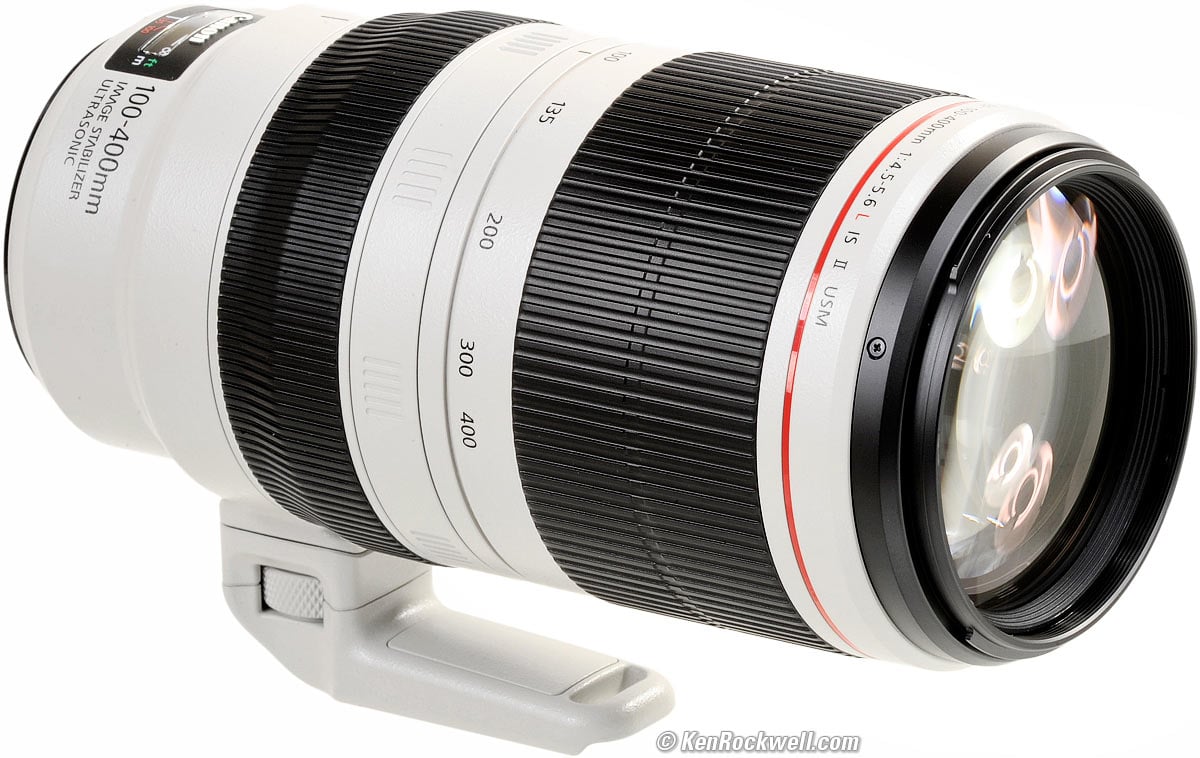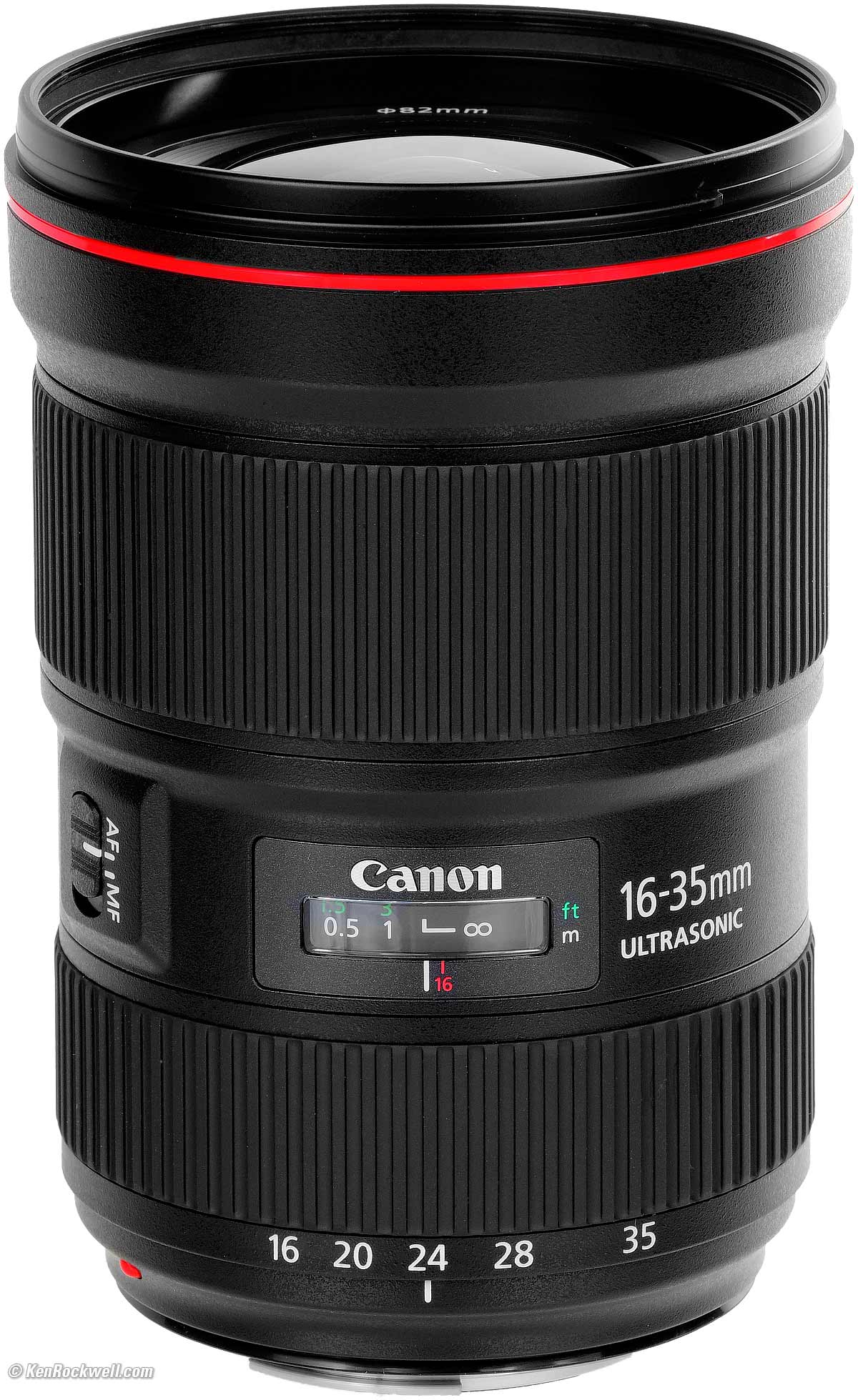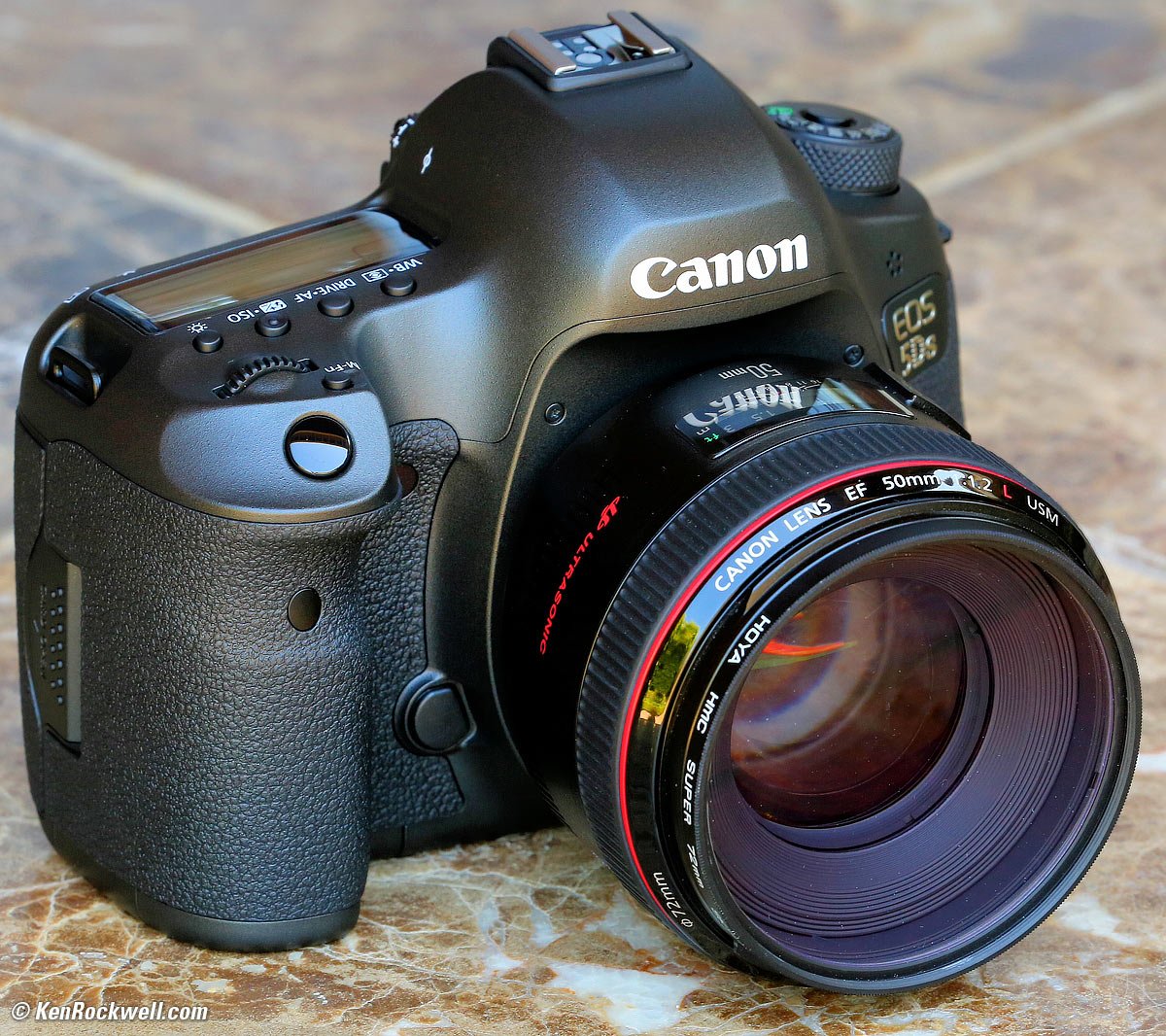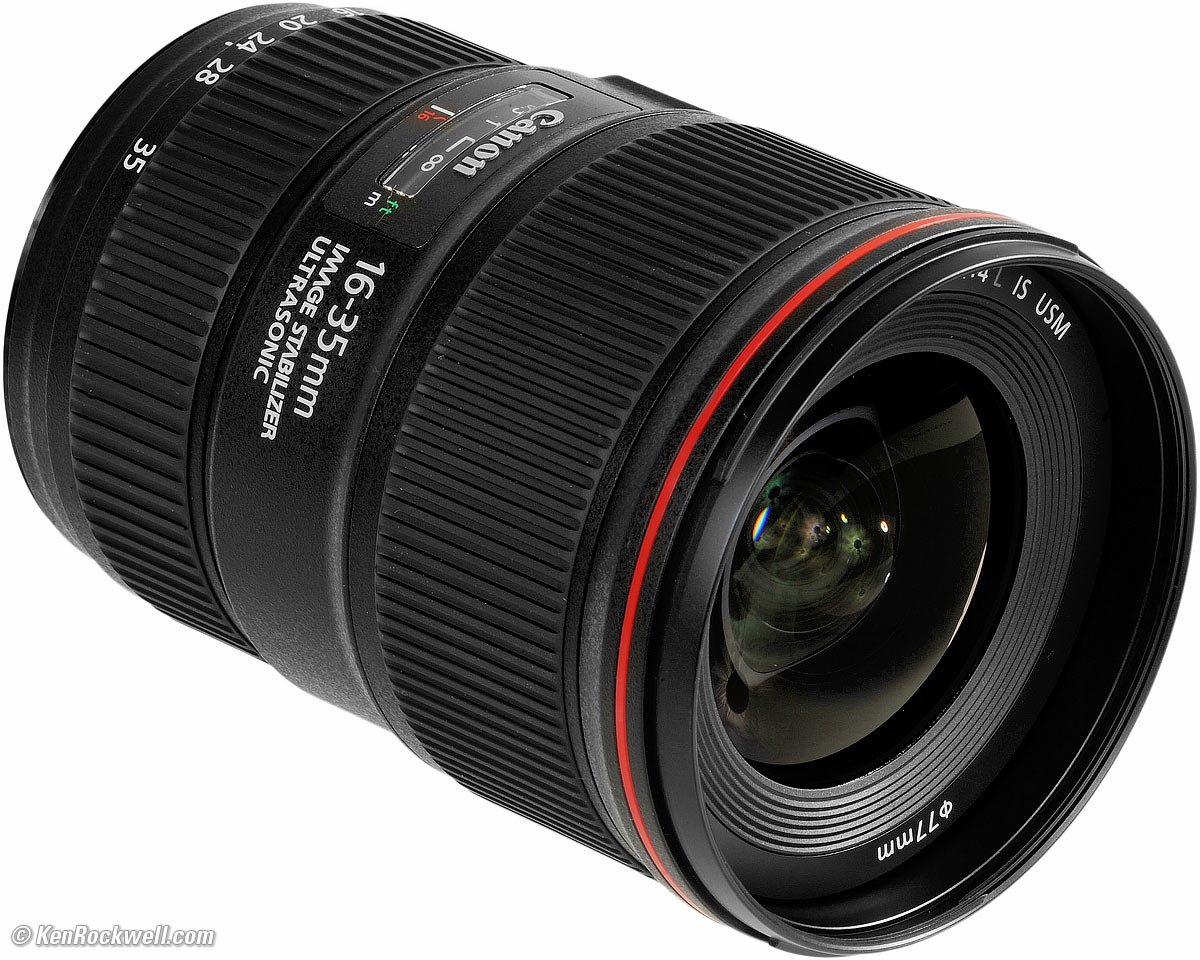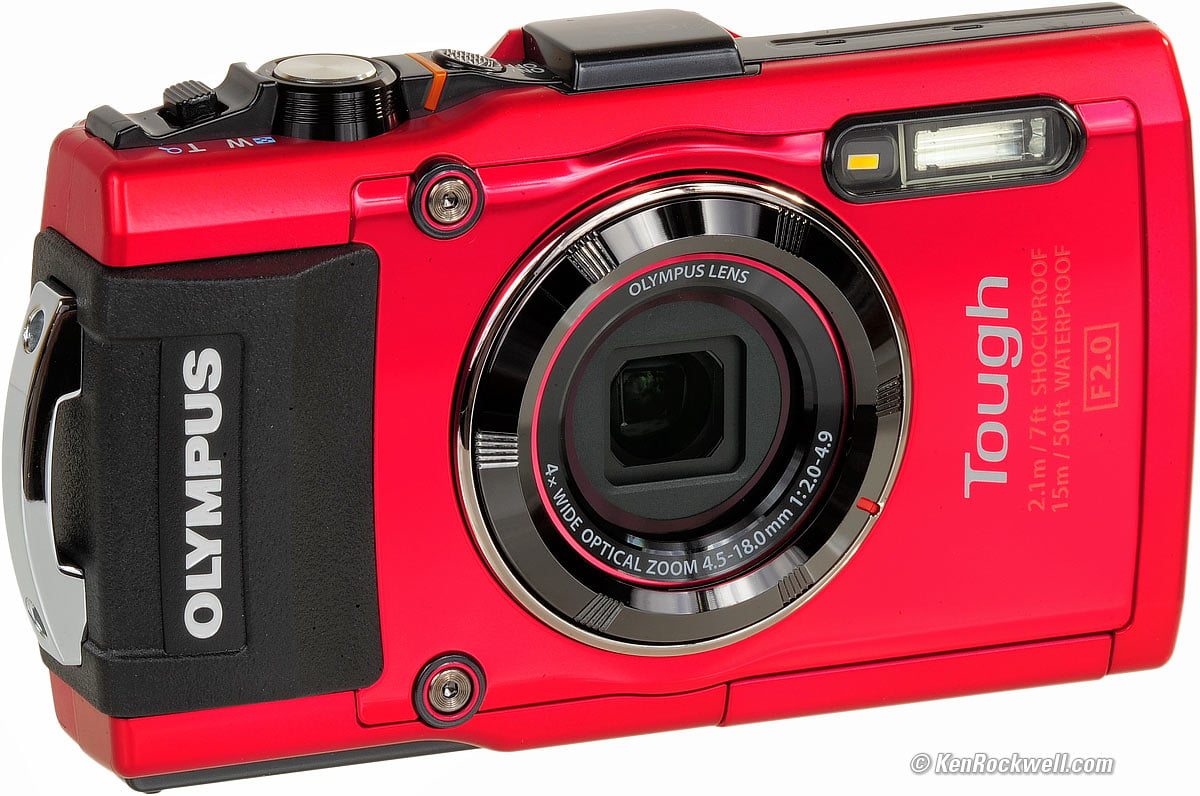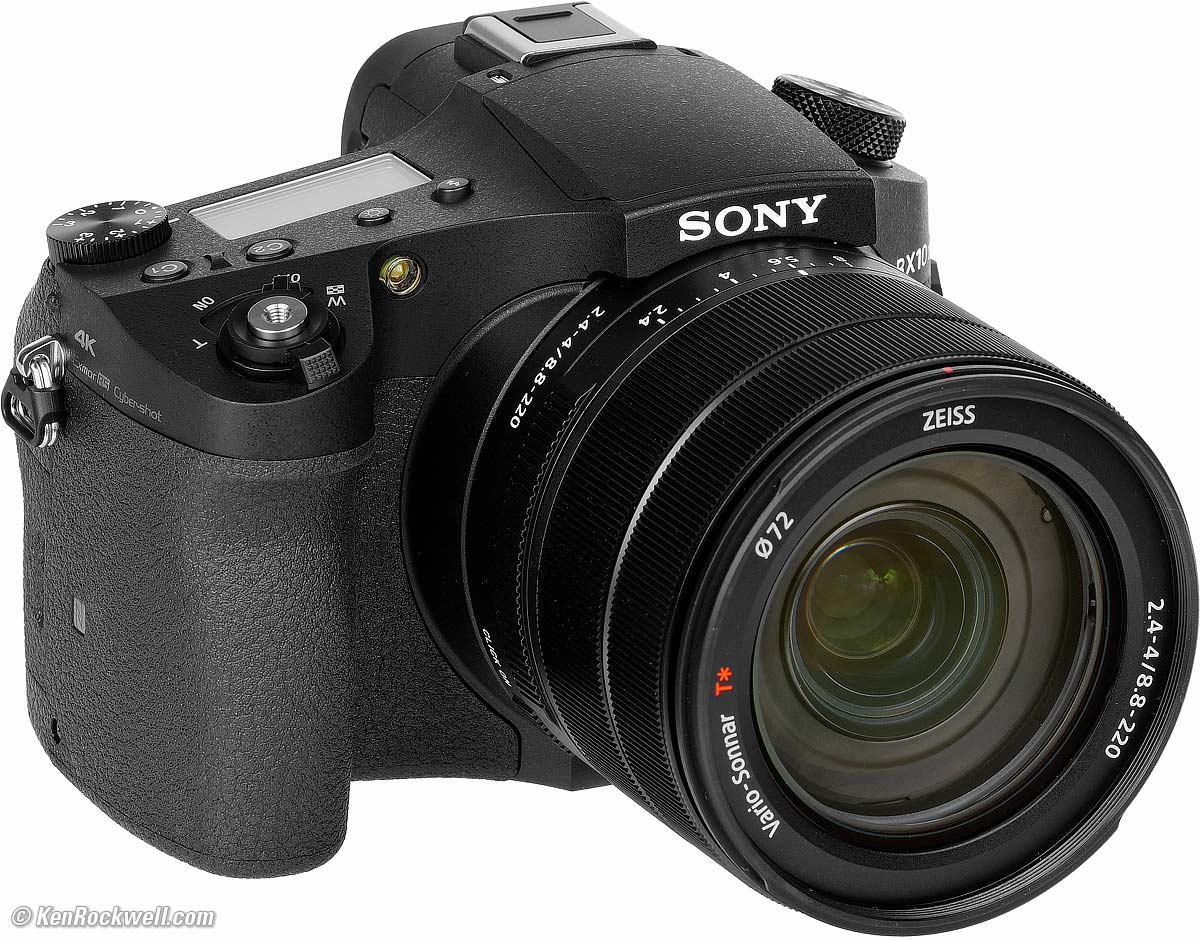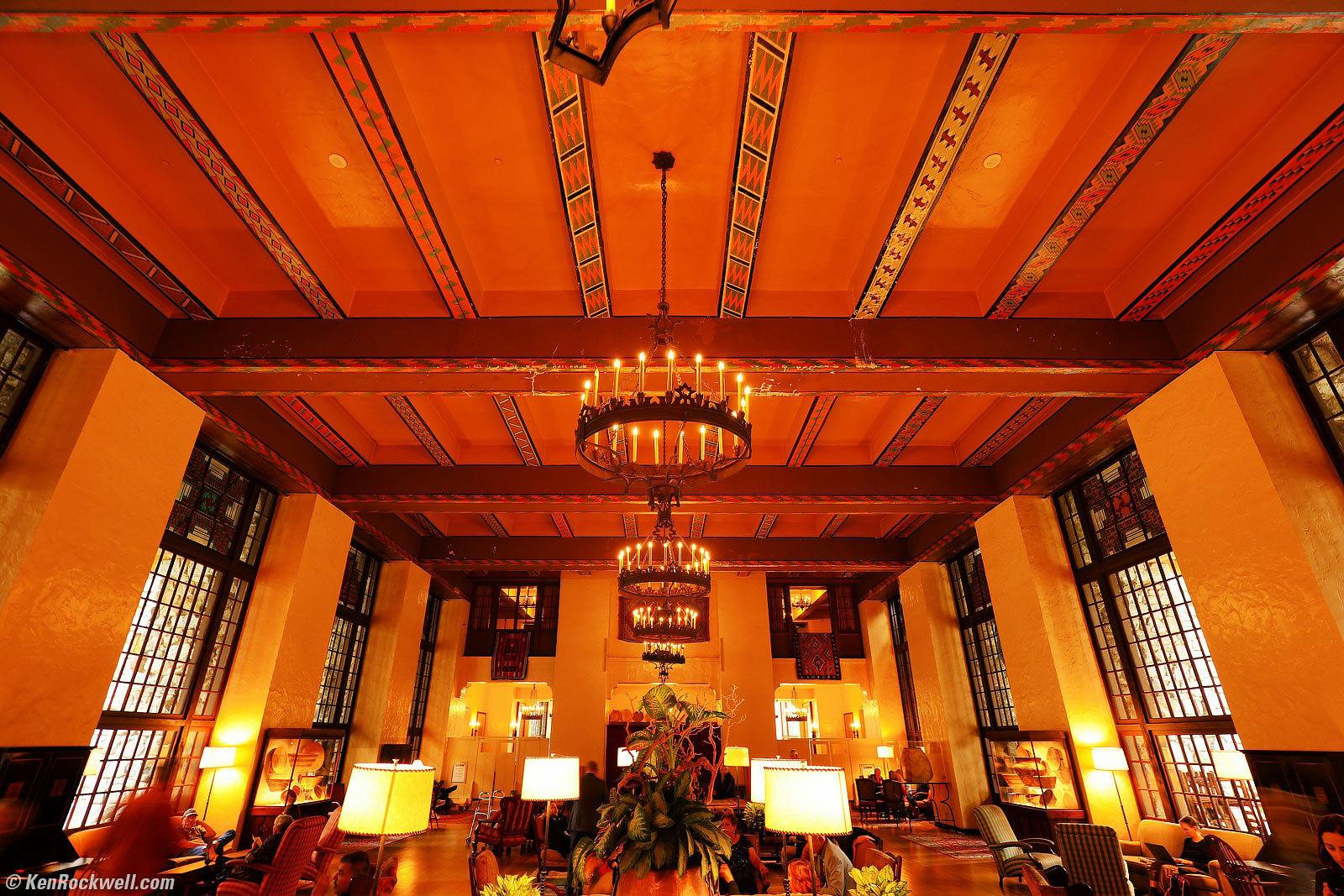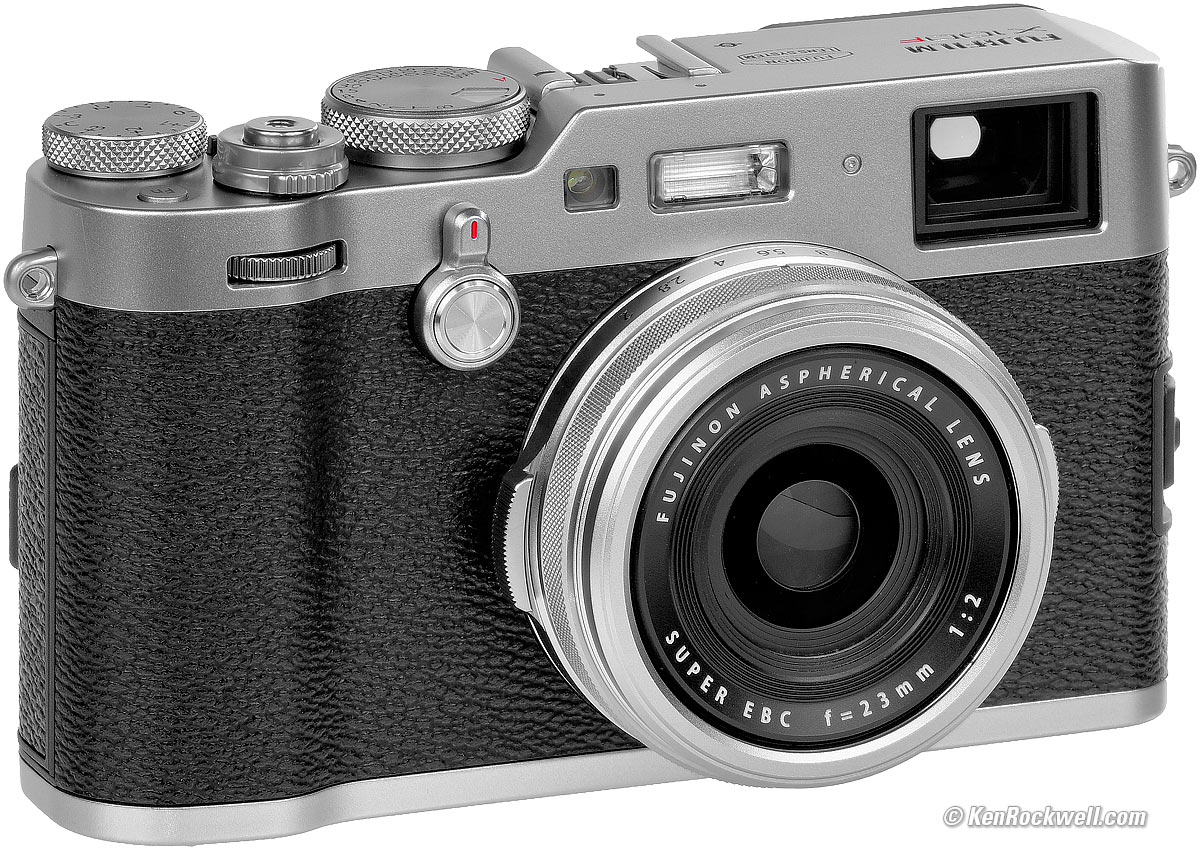The Best Camera
For Sports, for Travel, for Nature & etc.
Top Intro Best Sports Camera Best Sports Lens Best Wide Sports Lens
Landscape Wildlife Birds Macro Interiors & Real Estate
Surfing Wet & Underwater Do-Everything
Portraits Young Families & Class Photographer Kid's Sports & Concerts
Travel Low Light Quiet Surveillance Low Self Esteem Film Cameras
Canon 7D Mark II, the best camera under $6,000 for sports, and it's only $1,499.
This all-content, junk-free website's biggest source of support is when you use any of these links to my personally-approved sources when you get anything, regardless of the country in which you live. Camera makers don't seal their boxes, so never buy at retail or any other source not on my personally approved list since you'll have no way of knowing if you're missing accessories, getting a defective, damaged, returned, store demo or used camera. Buy only from the approved sources I use myself for the best prices, service, return policies and selection. Thanks for helping me help you! Ken.
June 2017 Nikon Canon LEICA Fuji Sony Minolta Zeiss All Reviews
Recommend Cameras: the best cameras in general.
Introduction
For many years my Recommend Cameras page has suggested the best cameras for general use, but how about exact recommendations for the best camera based on what you want to do with it?
A good photographer can use any kind of camera to do anything; these are my suggestions for the very best ways to shoot various kinds of assignments.
These are the best; of course less expensive cameras are almost as good so don't fret if what I'm suggesting is beyond what you want to spend.
If you have limited funds, spend it on lenses. Unlike cameras, a great lens will last you a decade or more with whatever cameras you use in the future. If you need to pinch pennies, skimp on the camera and spend whatever you want on lenses.
Of course there are many solutions to any problem. These are the best ways to do everything below that my well over 40 continuous years of shooting has taught me. I've been shooting since I was a little kid, and have never stopped learning.
I've shot Nikon for four decades, but today Canon is better for most things. Sadly Nikon hasn't done anything innovative with their cameras since 2007, while Canon has continued to advance the state-of-the-art with frame rates and flicker avoidance in the 7D Mk II mentioned below. Nikon's customer support (800 NIKON-UX) has become awful, while Canon's 100% USA-based support (800 OK-CANON) continues to be superb.
No one pays me anything to do this, I'm supported by you, not by any camera companies.
These sections go in order, so it's good to read this whole page if you have time since one idea flows into the next.
Click the links or pictures for detailed reviews and links to the best places to get each of them.
I lead with full-frame cameras and lenses, and then suggest crop-frame alternatives.
Best Camera for Sports
Canon 1DX Mark II: The world's best sports camera ($6,000).
For $6,000 the new Canon 1DX Mark II is the best sports camera ever. Over 70% of the still cameras on the field of Superbowl 51 in January 2017 were Canon 1DX Mk II.
It's full-frame, demanding expensive full-frame ultra tele lenses, and it easily runs all day at 14 frames per second, which is critical for catching action.
It can also shoot through flicker, as I'll explain below.
Sony A9.
The Sony A9 is also a fantastic sports camera with even higher frame rates and ultrafast autofocus , presuming Sony makes a lens you want for it.
Canon 7D Mark II, the best under $6,000 camera for sports; it's $1,499.
The Canon 7D Mark II is the world's best camera for sports short of a $6,000 pro camera like the Canon 1DX Mark II because the 7D Mk II runs almost as fast, 10 frames per second with continuously tracking autofocus and exposure, and its smaller sensor makes much better use of long lenses. With the 7D Mk II you don't need lenses as long to get the same shot.
The new Nikon D500 is as fast as the 7D Mk II, but costs much more ($2,000 versus $1,500) and has Nikon's usual disadvantages. If you're already in the Nikon system, then the D500 is by far Nikon's best camera for sports for under $6,500.
See also my DSLR comparison.
Frame rate is critical to great sports shots. With 10 frames per second (FPS), the 7D Mk II and D500 are twice as likely to get the perfect shot as other consumer cameras that only run at 5 FPS.
The 7D Mark II and D500 also have the ability to "shoot through" flickering artificial lighting.
All of the mercury-vapor, fluorescent and metal halide lighting used at sports fields outdoors at night and indoors in gymnasiums and pools flickers at twice the power frequency. While this is too fast for our eyes to see, when you shoot sports at high shutter speeds, the camera often goes off at an instant when the light is either dim (between flickers) or worse, some weird color. Fluorescent lights alternate between too green and too magenta 60 times per second!
LED lights used in restaurants, meeting and reception areas also often flicker, especially when they are dimmed.
When shot at the fast shutter speeds we use for sports, often we'll get dark or off-color frames. This is why.
If you shoot full-time for Sports Illustrated you install your own radio-controlled strobe system at the stadium to work around this. Big-name venues that don't let the public bring fancy cameras usually use special high-frequency ballasts and lighting to work around this as well, but if you're shooting anything other than the Super Bowl, your local school or municipal arena uses regular flickering lights.
The 1DX Mk II, 7D Mark II and D500 are the world's only cameras (as well as the much slower Canon 5DS, T6s and T6i) that have the ability to see this flicker and synchronize their shutters to catch the shot at just the right instant — instead of in the dark between flickers.
This is easy. Nothing comes close to the 1DX Mk II, 7D Mark II and D500 for sports photos. Even the $6,500 Nikon D5 and all other cameras can't shoot through flicker.
Used pro cameras like any of the Nikon D3, Nikon D3s, Nikon D4, Nikon D4s and the Canon 1DX are also fantastic for sports if you don't have flickering light, but still cost more than a new 7D Mark II or D500.
Best Lens for Sports
For your lens, this is also an easy choice:
The new Canon 100-400mm IS L II sets new standards in zoom lenses. It replaces all the 70-200mm f/2.8 lenses people used to shoot.
This new 100-400 excels because it focuses faster than any other telephoto lens, it focuses closer than any other 70-200 so it also replaces your macro lens, and most importantly it zooms all the way to 400mm without having to fumble with teleconverters.
f/2.8 was needed for shooting film in dim light; with digital the f/4.5-5.6 aperture is more than sufficient for shooting sports.
This 100-400 II is sharp and also focuses extremely fast with a 1.4x tele extender.
Don't let its price scare you; unlike a digital camera which you'll want to replace with the next great thing in a few years, masterpiece pro lenses like this last for decades; I still use my Canon lenses over 30 years old! Yes, it's expensive, but get it today and it will probably still be Canon's state-of-the-art in 2025. The last version of this lens was Canon's most popular long zoom for sixteen years! Lenses are much better long-term buys than cameras; always get the lens you want without worrying about the price.
For sports, you want this lens. The poor man always pays twice since he eventually buys what he wants years later instead of just getting it in the first place, but if you need a less expensive lens, get the EF-S 55-250mm IS STM. It's much less expensive, and works great on the cropped-sensor of the 7D Mk II.
Another advantage of this lens is that it does cover full-frame. Other good choices for professional lenses for the 7D Mk II on a budget are the original 80-200mm f/2.8 L or 70-200mm f/4 L IS.
Avoid the 70-200mm f/2.8 zooms; this lens makes them all obsolete. You don't need f/2.8 for digital, but you will love the faster autofocus, closer focussing and longer zoom range of this lens.
If you're shooting Nikon and need a new lens; just update to Canon and get a 7D Mk II and 100-400. If you insist, the Nikon 80-400 is decent, but not as good as the new Canon 100-400, and the Nikon 80-400 costs more. This is another reason that as of 2017 I'd not go any deeper into Nikon and get when you're upgrading.
Don't use a teleconverter with a 70-200 lens; get a zoom that goes all the way to 400 and you'll be much happier not fumbling with converters.
For light weight, also consider the newest instant-focussing Canon 70-300mm IS II USM.
Best Wide Lens for Sports, News & Action
For sports we need fast and tough. Image stabilization only works when subjects hold still, so IS isn't needed.Therefore, we use the Canon 16-35mm f/2.8 L III. It's twice as tough and twice as sensitive to light as the Canon 16-35mm IS L, letting us stop action better.
For Nikon, their newest tough, fast, wide lens is 1999's still-current 17-35mm f/2.8 AF-S. It's the best for Nikon, but inferior optically to these new Canon lenses.
Best Camera for Landscapes
Canon 5DS and 50mm f/1.2 L.
The Canon Canon 5DS and Canon 5DS R are the best cameras for landscapes due to their unbeaten image quality, as well as portability and ease and speed of use.
They the only serious consumer cameras with more than 50 megapixels, and they also excel at battery life, handling, ergonomics and of course color, highlight and shadow rendition.
The 5DS and 5DS R are the same camera. The 5DS R simply costs $200 more. I've owned both; there's no visible difference between their images (I've tested them), but since when you go to sell it in few years it's unlikely anyone will want to buy the cheaper 5DS, I'm betting that the 5DS R will sell faster and easily for $200 more than the 5DS — so get the 5DS R, which is what I use.
Especially if you shoot in the increasingly competitive professional world, even the tiniest difference in image quality might mean the difference between yours or another image winning a sale. In a hot contest, even the tiniest advantage can spell a win for you and leave the other guy nothing. One extra sale easily makes up for the $200, even if you don't get it out when you sell the camera.
Image quality means much more than pixel count. The Canon 5DS and 5DSR also excel at real-world picture quality, with wonderful colors and ability to adapt themselves to many kinds of difficult lighting and to shoot around flickering lights.
Some other great camera choices are the Canon 5D Mark III, which now sells at a deep discount. Its images are also spectacular, but has only half the pixels. This doesn't matter if you're not doing this for a living, so the 5D Mk III will save you thousands of dollars you can better put towards lenses if you're not made of money. Likewise, the Canon 6D costs even less, and differs from the 5D Mk III mostly in having a few less control buttons making it slightly slower to set to conditions. The images from the 6D are just as good as from the 5D MK III. The real Cheap-Charlie tip is to get a used original Canon 5D. The original 5D can make eye-popping images and uses the same spectacular lenses below, and sell used for only a few hundred dollars if you know How to Win at eBay. What you lose are pixels (that don't matter unless you do this competitively), and that the ergonomics of the 5D are much worse and its LCD is crummy — but its images look great as soon as you get them out of the camera!
The Nikon D810 was a contender back in 2014 when it had very high image quality for the time with 36 megapixels, but its poorer handling (no lockable camera memories, for instance) and Nikon's crummy customer service today make it not worth considering if you don't already own the two top Nikon landscape lenses for it, the 16-36mm VR and 80-400mm VR.
Best Landscape Lenses
For landscape shooting, you need only two lenses: one wide zoom and one tele zoom. Leave everything else at home so you can get out and move.
You don't need any lens between these two zooms. If you think you do, try the Canon 50/1.8 STM or Nikon 50/1.8 G, which you'll discover you don't use if you're carrying a wide and a tele.
Carry less and you'll get more great shots. See also Assembling a System.
Landscape Ultrawide
Canon makes three extremely sharp ultrawide zooms, the 11-24mm L, this 16-35mm IS L and the 16-35mm f/2.8 L III.
The 11-24mm is optically superb, but it is huge and unwieldy, lacks Image Stabilization (IS), can't be used with front filters and doesn't zoom into the midrange (only to 24mm). If you pack the 11-24mm you'll be tempted to bring another midrange zoom or 50mm lens. Leave the 11-24mm home for armchair hobbyists or real estate pros; I take my 16-35mm L IS on my trips to the field.
The 16-35mm L IS excels because it's extremely sharp, reasonably sized and its IS system lets me hand-hold it at crazy speeds like a half second so I can leave my tripod at home. I only use a tripod if I'm making time exposures outdoors at night.
The 16-35mm f/2.8 L III is also a great lens, but lacks stabilization in favor of one stop faster speed (f/2.8 versus f/4). This makes it better for sports.
If you're shooting a cropped-sensor camera, use the Canon EF-S 10-18mm ultrawide instead of a 16-35mm. A full-frame 16-35 is a bad idea on APS-C DSLRs because it's too heavy and expensive for the little bit of the center of its image you're using, and it's merely a midrange zoom on APS-C, not ultrawide. The 10-18mm works better on crop frame, and only costs a fraction of the 16-35mm.
Landscape Tele
As covered at Sports, the new Canon 100-400mm IS L II sets new standards in zoom lenses, replacing both the 70-200mm f/2.8, teleconverters and macro lenses people used to shoot because it focusses so fast and so close.
This 100-400 is also unmatched for landscape use because of its extreme sharpness, thanks to a fluoride lens element.
There's no question again; for landscape use this is the only telephoto lens I need, and it focuses so close that it also lets me leave my macro at home.
Ditto for ditching the tripod; the IS system is so great that I can hand hold with perfect sharpness at 1/15 at 400mm.
For cropped-sensor cameras, the 55-250mm IS STM tele is superb, and costs and weighs much less.
For Nikon Full Frame
The two best landscape lenses for Nikon are the 16-36mm VR and the 80-400mm VR.
The 16-35 is a much more sensible lens than the older 14-24mm f/2.8 for the same reasons as I explained for the Canon 16-35mm.
The 80-400 does it all as a long lens, but costs more and isn't as good as the Canon 100-400.
Nikon makes a full-frame lens Canon doesn't: a good, lightweight 28-300mm VR. It could be the only lens you need for landscape, nature and macro shots.
For Nikon DX
There is no good inexpensive DX ultrawide for the Nikon; only the 10-24mm DX that sells for $900 versus $290 for the Canon 10-18mm. This is again another reason that Canon is the way to go today unless you're already too deep into Nikon.
Any of Nikon's 55-200 VR, 55-300mm VR or 70-300mm AFP VR lenses are marvelous for DX cameras, and weigh and cost much less than the 80-400.
Nikon also makes some DX lenses Canon doesn't: good, lightweight 18-200mm VR and 18-300mm VR lenses. Any of these could be the only lens you need for landscape, nature and macro shots.
Best Camera for Wildlife
For wildlife, use whichever camera you prefer from Sports Cameras for animals that are moving fast, or the Canon 5DS R for great detail in slow animals.
If they are far away, the less expensive 7D Mark II or D500 win because their smaller sensors make everything look closer.
Best Lenses for Wildlife
The best wildlife lens again is the spectacular 100-400mm IS L II as explained above: it's ultra-sharp and focuses ultrafast. You'll probably also want the 1.4x extender, with which you still get great autofocus.
If you need longer range, you need better animal tracking skills to get you closer, or get the Canon 400mm f/4 DO II and teleconverters to make it into a 560mm or 800mm lens. The 400 DO is the biggest lens I'd want to carry all day; Canon has pulled a lot of optical tricks to make what should be a huge lens very small and light.
Feel free to mortgage your house to get any of the bigger Canon 200-400mm f/4 L IS w/integral converter, 400mm f/2.8 IS L II, 500mm f/4 IS L II, 600mm f/4 L IS II or 800mm f/5.6 lenses, but getting closer is the better answer. If you do get any of these fast long fixed lenses, the 1.4x and 2x extenders work great to make them even longer.
Best Camera for Birds
Birds are nearly impossible to photograph. My birder friends are mostly nuts. Birds are too far away and too fast and too tiny to do justice unless you use a blind or other tricks to get close, or bring five figures worth of equipment. Even with $40,000 worth of gear, you'll still have to crop your photos to get close enough.
With these caveats, the only rational choice for bird shots is the Canon 7D Mark II (or less expensive camera for slower frame rates) and the 100-400mm IS L II, and the 1.4 extender.
The advantage of the crop-frame (1.6x) cameras is that with the same lens, they appear to get closer than with a full-frame camera.
As above, get closer using a blind or bait, and if you still need longer, try the Canon 400mm f/4 DO II and teleconverters to make it into an excellent 560mm or 800mm lens.
Any of the bigger Canon 200-400mm f/4 L IS w/integral converter, 400mm f/2.8 IS L II, 500mm f/4 IS L II, 600mm f/4 L IS II or 800mm f/5.6 lenses will make things even better, but they're a pain to carry. The 1.4x and 2x extenders work great to make them even longer.
If you insist, the very best lens used by my pro birder friends is the 800mm f/5.6, and even with 800mm they are usually running the 1.4x extender and having to crop — but boy are their photos outstanding!
See also How to Photograph Birds from 2006.
Best Camera for Surfing Photos
If you're shooting from the pier, the Canon 7D Mark II and 100-400mm IS L II are perfect. The lens covers the right range and focuses instantly, and the 7D Mk II has an ultrafast frame rate so you don't miss anything.
If shooting from shore, you might want to add the 1.4x extender, or go the same route and get an ultra tele as the birders above.
Best Camera for Water & Underwater
Shooting from the pier or the shore is for people who don't surf, and ultimately give images nowhere near as good as being in the green room with a camera.
Ideally, get a water housing and take it with you when you paddle out surfing, kayaking, skiing, rafting or whatever.
I've never used a water housing; I prefer a relatively disposable camera for use in the water, since they all flood or get damaged sooner or later.
The Olympus TG-4 makes great looking photos and was born to shoot in the water, even under water:
The TG-4 is a pocket camera, and you hold and shoot it in one hand, with a strap around your wrist. It's perfectly happy being used as a paddle, too!
The TG-4 has great color rendition, and puts up with any weather or environmental abuse. The only thing it doesn't like is being dropped, but come wind or rain or snorkeling or rafting, game on!
Best Do-Everything Camera
The Sony RX10 Mk III has a 24~600mm equivalent lens, has ultra-close macro, shoots and handles super-fast, and the pictures look great.
This one camera could do everything anyone would need, all by itself.
Best Camera for Macro
Any camera works well for macro. The difference between full-frame and cropped-sensor cameras is that cropped sensor cameras will tend to have somewhere deeper depth of field at the same aperture.
See Best Macro Lenses, which explains that if you're serious about macro, that you need either the Canon 180mm Macro or Nikon 200mm f/4 Micro AF-D so that you have enough distance between you and your subject so you 1.) render the subject with a natural perspective, 2.) have enough room not to block your light, and 3.) not annoy living subjects.
Macro should be shot either under studio strobes, or with on-lens macro flash systems. These give us enough light so we can shoot at f/32 to hope to get something in focus (there is no depth of field at macro distances), and the flash bursts are short enough that we can hand-hold at f/32 with no worry of blur.
Here's a pro tip for great macro shots in the field: use your iPhone! It focuses super-close and its tiny lens and sensor gives more depth of field than larger cameras. Its big screen makes it much easier to see what you're doing than trying to bend yourself around a camera viewfinder. I usually use my iPhone in the field, or shoot in my studio as above. I don't mess with a DSLR and macro lenses in the field.
See also How to Shoot Macro.
Best Camera for Interiors & Real Estate
Ahwahnee Hotel, 24 October 2015. (Canon 5DS R, Canon 16-35mm L IS at 16mm, f/4 at 1/2 hand-held at ISO 100, Perfectly Clear.) bigger.
The key to making interiors look huge is to use the widest lens you can. The wider the lens, the more cavernous it makes the interior.
Most of the time we're trying to make a property look as large as possible to generate the most interest in our listing, so the widest lens wins.
The world's widest non-distorting lens is the Canon 11-24mm which sees 126º diagonally when used used on a full-frame camera! I used my 16-35mm because I was up shooting in Yosemite; at 11mm this room would look twice as big.
Any full frame camera will work. My favorite is my Canon 5DS R, and the Canon 5D Mark III and Canon 6D work just as well for real estate listings. Even the old original Canon 5D works well, although it lacks HDR, lacks good ergonomics and has a crummy LCD, but if money is tight, get the 11-24mm and a 5D body for now and your images and listings will sell, sell, sell!
I wouldn't start a new Nikon system today, but if you're already in Nikon, the best from Nikon is the 14-24mm f/2.8 and any Nikon full-frame camera like the D810 or even the D750 or D610. Since you need to light the interior well, there's no reason not to use the D610.
The other key besides a wide lens is expert lighting, and when you've lit your property well, any of these cameras with an ultra-ultra wide lens will give great results.
Stop down to f/11 or so, use ISO 100 and expect long exposures demanding a tripod. Obviously high ISO ability isn't relevant here; always shoot at the lowest regular ISO for the greatest detail, cleanest look and strongest textures.
If you're using a crop-sensor camera, use the Canon 10-18mm on Canon, Nikon 10-24mm on Nikon, or Tokina 11-20mm on either.
See also my old (2006) article on Photographing Interiors.
Best Portrait Camera
Ryan on his way to school in shade, 01 October 2015. Canon 5DSR, Canon EF 300mm f/2.8 L, f/2.8 at 1/160 at Auto ISO 250, Auto White Balance, Standard Picture Style, +1 Saturation, -2 Contrast, Perfectly Clear V2. bigger or full resolution © file.
I use my Canon Canon 5DS R and Canon 100-400mm IS L II when I shoot portraits.
Alternately, if I'm doing a bunch of dedicated headshots as I did above for Ryan's class later that day, I'll bring my Canon 300mm f/2.8 L and a monopod to really make backgrounds go away. The smooth tan background is actually my garage door, expertly washed into one smooth color by my 25-year-old 300/2.8. As I've said, a great lens is great forever.
If all I shot were people photos, the Fuji cameras have spectacular skin tones. They give better skin tones in more kinds of real-world lighting than my DSLRs, so if I wanted a dedicated portrait camera, it would be a Fuji X-T10 (or the more expensive and nicer feeling X-T2). I'd use the Fujinon 50-140mm f/2.8; its longer focal length is more important for soft backgrounds than the faster speed of shorter lenses like the 56mm f/1.2 APD.
I shoot every day and I like to use as few kinds of gear as possible so I'm always fluent with it. I have to shoot all different sorts of things so I grab my Canon and go. I wouldn't get the Fuji just to shoot portraits since I have to shoot lots of other things, but if corporate head shots in offices and people photos in available light were most of what I did, I'd seriously consider the Fuji interchangeable lens cameras.
If in the studio, I'd stick with Canon since I can control the light with my studio strobes.
Best Camera for Young Families
Young families means from when you're pregnant until the little ones get into sports, music and theatre.
At this young stage you are always close, and the most important thing is to have a small, light camera that you always have with you, and that it always gets a great shot no matter what the conditions or lighting. With kids you never have a second chance to set white balance or flash exposure; you have to nail it on the first shot.
My X100F is what I grab when I need a shot of something cute and need it now. The X100F has an uncanny ability to make people look fantastic an any light from moonlight to indoors to outdoors. Its amazing flash, better than any other DSLR or other system, has an astonishing ability to balance itself perfectly with whatever is the ambient light, from moonlight to daylight for perfect flash fill.
The X100F is also the best camera for the class photographer. It never ceases to amaze me how my X100F lets me snap anything that gets thrown my way in and around school.
I'm usually in the classroom, and the X100F easily handles mixed fluorescent and window light with ease, always making all the kids look great.
It's easy to shoot at my eye, or at arm's length to get interesting angles from kids' desk height. Unlike a LEICA, the auto finder sensor turns on the viewfinder or the LCD instantly so however, wherever I hold my X100F, I've gotten the shot.
A huge advantage of the X100F and X100T over the older X100 and X100S (and most other cameras) is its ultrafast and ultra-smart face recognition. I can be shooting with my X100F at arms length in some crazy position, and it just nails the faces so I can worry about what's going on and not worry about focus or assigning AF zones.
The electronic viewfinder (EVF) and optical finder are also flawless in daylight. If I'm outdoors for a presentation, boom; the optical finder shines in daylight — as does the 1/2,000 flash sync and flawless fill-flash performance. I always get perfect shots outdoors or indoors.
Your iPhone also takes great pictures under most family conditions; the X100F is better when you need to shoot in very low light or any time you need a flash. Flash fill almost always gives a better picture with clearer faces.
The X100F is a professional camera; there is no AUTO setting. Set both rings (one on the top of the camera and one on the lens) to A to get the same thing. See also my Fuji X100F Users Guide.
Best Camera for Kid's Sports, Theater & Concerts

Canon SL1 and 18-55mm IS STM.
When your kids get into sports and performances, you'll need more reach, which means telephoto lenses. You also don't want a heavy camera.
The Canon 7D Mk II is wonderful, but normal people usually prefer a lighter camera if they're going to spend more time carrying it than shooting it, and the Canon SL1 is the world's smallest and lightest DSLR. You can get toy mirrorless cameras that are a little smaller and a lot more expensive, but the key is that this is still a tiny camera and packs the same image quality as much larger DSLRs. With the SL1 you'll always have it with you, and it will always get sharp, clear photos that mirrorless cameras with interchangeable lenses like Sony and Fuji often miss.
Long-zoom compact cameras rarely focus well enough to track movement, and work relatively poorly in anything other than full sunlight. Skip them; the SL1 doesn't cost any more and it's worlds better.
Get the SL1 with the 18-55mm IS STM lens, and get the 55-250mm STM for sports and concerts. Alternately, just get the 18-135mm STM lens and you're done with just one lens.
If you prefer Nikon, the Nikon D3400, Nikon D3300, D3200 and D3100 are also superb, small, light and inexpensive cameras. TheD3400 is the current model, while the older D3300, D3200 and D3100 are almost exactly the same, but sell for much less on closeout or refurbished. (avoid the D3000, it was horrible.)
All these cameras are often available as closeouts or refurbished, which are a great way to get the same great camera for a fraction of the price. Check my Deals page for these.
Of course feel free to go whole-hog and get a semi-pro setup as your kids get older; the better cameras handle better if you know what all the buttons do, but few people do.
Bigger cameras are more than many people want to carry if the whole point of going to the game or concert is to enjoy it with your kids, as opposed to cover it for a major media outlet.
Best Travel Camera
Feel free to bring the Best Landscape Camera, but the whole point of travel is to have a good time and not haul equipment around.
By definition, what makes a travel camera different from the Best Landscape Camera is that it has to be small and easy to carry.
I usually suggest people leave everything at home and just shoot their iPhone. Freeing your mind like this usually leads to great photos, and most people don't realize how great is the iPhone camera most of the time. So long as you're not trying to take pictures under moonlight or of birds three miles away, the iPhone makes great pictures — and makes it trivially easy to share them. I use the Costco app to make prints anyplace I go; done.
I love my Fuji X100F as a do-everything high-performance travel camera, especially where people are involved — and it easily shoots and makes people look great under moonlight, which the iPhone can't do.
Forget interchangeable-lens mirrorless. Once you add the lenses you want, mirrorless camera systems weigh almost as much, have a fraction of the battery life, cost three times as much, and their colors aren't as vibrant as a DSLR because only Apple, Nikon and Canon deliver really great colors directly from the camera. Fuji's colors are optimized for people shots; consider the Fujis if you're mostly making people shots, and look to Apple, Canon or Nikon if photographing a lot of places and things.
If you want a lightweight camera with interchangeable lenses and brilliant colors, the best deal is to forget mirrorless and get an ultralight DSLR system. It will be the same size and weight as a mirrorless camera, have far better color rendition, much longer battery life and cost one third as much. The sad part is how few people realize that Nikon and Canon make superb ultralight DSLRs, and they cost much less than the Sony and Fuji mirrorless cameras.
For an ultralight DSLR system, get the Canon SL1, the world's smallest and lightest DSLR. For lenses, pick among the superb and ultralight Canon 10-18mm, 18-55mm IS STM and 55-250mm STM lenses, or use the 18-135mm IS STM instead of the 18-55mm IS STM and 55-250mm STM. Few people know how to use ultrawide lenses; you probably don't need the 10-18mm. I prefer the 18-135mm IS STM.
The SL1 and these lenses make uncompromisingly superb images. It's lightweight, but its images aren't. What you lose with the weight are many dedicated controls that make would make it faster to set the camera as conditions change, but once set, the SL1 makes the same quality images as the more expensive cameras.
Also consider the Sony RX100 Mk V point & shoot which is tiny and makes really great photos as well — but costs more than the SL1 and lenses!
The Sony RX10 Mk III isn't that small, but packs the equivalent of a great 24~600mm zoom lens, and works great. It's a fantastic do-everything camera to take anywhere.
Best Low Light Camera
Marriott Desert Springs Resort by Starlight, 25 November 2015. Sony A7R II, Zeiss 35mm f/1.4, f/1.4 at 1/5 hand-held at ISO 800. bigger or camera-original © file to explore on your computer (mobile devices rarely can display the full resolution). The dots in the sky are stars!
While I prefer to put a 35mm f/1.4 L II on my Canon 5DS R because it's usually with me and I prefer its ergonomics, an even more sensitive system in practical use is any of the Sony A7 series full-frame mirrorless cameras, especially the Sony A7S II, and shooting it with the super-speed Zeiss 35mm f/1.4 FE.
I can shoot hand-held under moonlight with this lens even on the less sensitive Sony A7R II as shown above, and the A7S II is even more sensitive in low light.
More important than the A7R II being rated to ISO 102,400 and the A7S II being rated to work at ISO 409,600 is that 1.) they actually look pretty good at five-figure ISOs, and 2.) their Auto ISO systems work well to grab crazy ISOs automatically as needed, so you're shooting at exactly the optimum ISO for each shot. My Canon's Auto ISOs don't go this high; with my Canons I have to stop and set those ISOs manually, while with the Sonys I just point and shoot.
Not only do these Sonys work great in the dark, they do it completely silently!
Quietest Camera
The Fuji X100F, Sony A9, Sony A7R II, Sony A7S II, Sony A6500 and Sony A6300 have electronic-shutter silent modes that are completely silent. There are no moving parts.
I can shoot these at the opera, libraries, recitals and board meetings and no one hears anything.
These electronic-shutter modes cannot be used with flash. If you need to use flash, then use the X100F in its regular leaf-shutter mode, which is so quiet that it's silent from more than three inches (8 cm) away.
Your iPhone also shoots silently, if you turn off the ringer switch on the side.
If at a concert, be sure not to use the rear LCD or the iPhone.
Best Camera for Surveillance
The key is not to be seen and not to be heard. You can shoot from a blind, but you still need to be silent.
I love the Sony A9, Sony A7R II, Sony A7S II, Sony A6500 and Sony A6300 because they can operate completely silently. I can shoot and make no noise at all. Even if people see me pointing the camera, they don't think I'm actually taking pictures.
Here's another great suggestion: the Sony RX10 Mk III also works silently, and has the equivalent of a 600mm zoom lens, and it looks like an unassuming point-and-shoot!
If you're far enough away that you can use a DSLR, I'd shoot the Canon 7D Mark II and set it to its silent mode. While not silent, is is very quiet. I'd use the Canon 100-400mm IS L II for plenty of reach. If it's dark, skip the teleconverter; just crop if needed.
Trick: Most of us know the iPhone snaps a picture if you tap either volume control button, but did you know that it also snaps photos if you tap the volume control on the remote control of your headphones? Dress like the ragman in an office or a bum outdoors and groove around as if you're digging the music in your headphones, and you can snap away as proper people try to pretend you're not there. Turn off the ringer switch and it's completely silent.
Best Camera for Low Self Esteem
For someone lacking in some areas, the best way to make up for it is with a real LEICA, and I don't mean one that says Panasonic on the inside.
Get the LEICA M10, the LEICA NOCTILUX-M 50mm f/0.95 ASPH and you're in. It's not very useful as a picture taker, but like a Porsche, people don't buy it to use it.
Best Film Cameras
See my Best Film Cameras article.
Best Camera for Everything
As I said at the top, I covered this at my Recommend Cameras page.
If you haven't already noticed, my go-to camera for everything is my Canon 5DS R, my Canon 16-35mm IS L and Canon 100-400mm IS L II. One camera, two lenses, and I can shoot anything and everything with it. For the mix of things I'm called to shoot, it's the best camera.
For vacations or classrooms, I take my Fuji X100F.
If I shot more sports or long-range things like birds, I'd use the Canon 7D Mark II and Canon 100-400mm IS L II. I'd use the Canon EF-S 10-18mm ultrawide instead of the 16-35mm.
Know what lens I use a lot on my Canon 5DS R when I want to travel light? The Canon 50mm f/1.8 STM is a superb lens and weighs next to nothing. If I'm covering family and want more firepower than my X100F, the 5DSR and 50/1.8 are fantastic. They are so sharp I program my 5DSR's M-Fn button to crop the image in-camera, just like a digital zoom, and don't need to bring a tele. If it's really dark and I'm shooting my 5DSR, I'll use my 35mm f/1.4L II, 50/1.2L or 50mm f/1 L.
Done.
Where to Get Yours
This all-content, junk-free website's biggest source of support is when you use any of these links to approved sources when you get anything, regardless of the country in which you live. Camera makers do not seal their boxes in any way, so never buy at retail or any other source not on my personally approved list since you'll have no way of knowing if you're missing accessories, getting a defective, damaged, returned, store demo or used camera. I use the stores I do because they ship from secure remote warehouses where no one gets to touch your new camera before you do. Buy only from the approved sources I use myself for the best prices, service, return policies and selection.
Thanks for helping me help you!
Ken, Mrs. Rockwell, Ryan and Katie.
© Ken Rockwell. All rights reserved. Tous droits réservés. Alle Rechte vorbehalten.
Help Me Help You
I support my growing family through this website, as crazy as it might seem.
The biggest help is when you use any of these links when you get anything. It costs you nothing, and is this site's, and thus my family's, biggest source of support. eBay is always a gamble, but all the other places always have the best prices and service, which is why I've used them since before this website existed. I recommend them all personally.
If you find this page as helpful as a book you might have had to buy or a workshop you may have had to take, feel free to help me continue helping everyone.
If you've gotten your gear through one of my links or helped otherwise, you're family. It's great people like you who allow me to keep adding to this site full-time. Thanks!
If you haven't helped yet, please do, and consider helping me with a gift of $5.00.
As this page is copyrighted and formally registered, it is unlawful to make copies, especially in the form of printouts for personal use. If you wish to make a printout for personal use, you are granted one-time permission only if you PayPal me $5.00 per printout or part thereof. Thank you!
Thanks for reading!
Mr. & Mrs. Ken Rockwell, Ryan and Katie.

